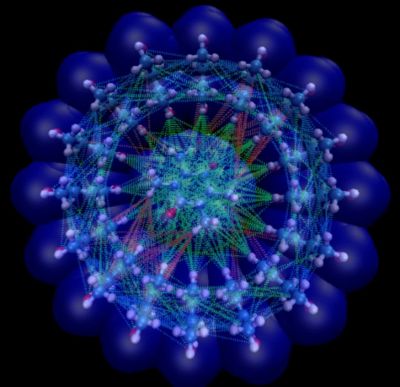
Parallel processing in which multiple processors perform operations in different subsets of data is critical for many multimedia applications. A new chip architecture employing smart energy management schemes could slash energy consumption of portable devices.
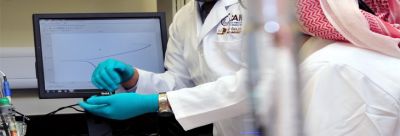
Advanced materials are behind most everyday applications and the technologies that revolutionised the way of life of people worldwide, yet they remain largely unknown to the general public. An EU initiative aims to get people thinking about their far-reaching effects.

Manufacturing small and medium-sized enterprises (SMEs) are increasingly turning to cloud computing services to save time and money. An EU initiative is developing cloud-based manufacturing to boost the competitiveness of SMEs within the industry.
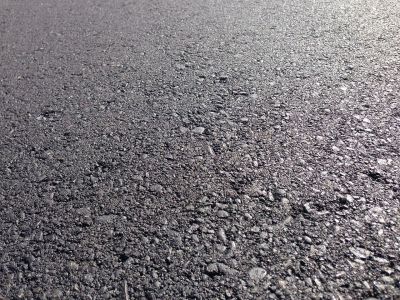
Around 70 % of Europe's road, tunnel and bridge infrastructure is made of concrete whose structural stability can be compromised by water and other substances that enter through cracks. Novel self-healing concrete should solve the problem.
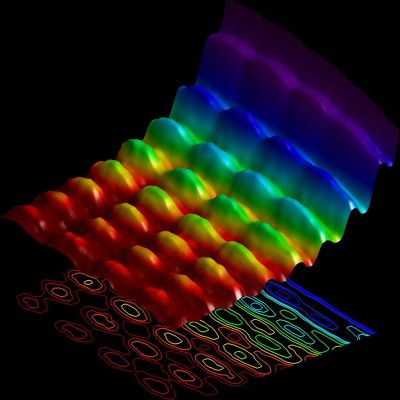
Much as a light switch controls current flow to a lighting device, an optical switch reroutes incident light. Novel quantum optical switches have rerouted single incident photons with implications for future photonics and quantum computing devices.

An exciting high-pressure technique promises to replace the use of sulphur dioxide in winemaking and save as well on energy costs. This will also make the industry more competitive on the global market.
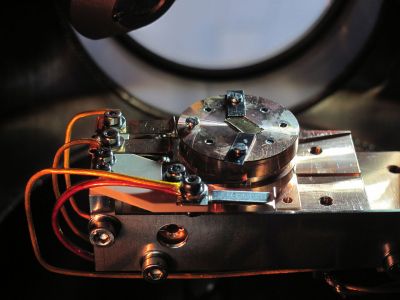
An EU-funded consortium has put nanotechnology on the road to international standardisation that will improve quality, safety and Europe's competitive position in a huge global market sector.
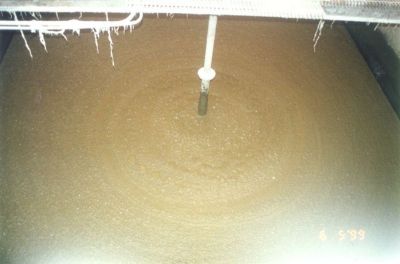
Keeping a sewerage system clean and functional is crucially important for public health and proper functioning of a city's infrastructure. Researchers have developed an automated sewerage inspection and cleaning device that will save time and money.

EU-funded scientists are developing advanced surface coolers that are compact and lightweight to cool engine fuel and oil in aircraft. Potential applications include civil markets.
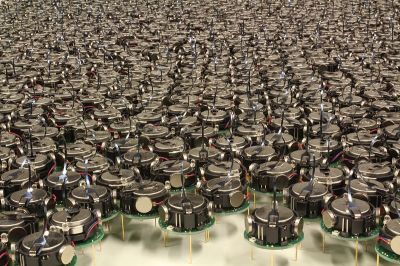
Scientists have created underwater robot swarms that function like schools of fish, exchanging information to monitor the environment, searching, maintaining, exploring and harvesting resources in underwater habitats. The EU supported COCORO project explored and developed collective cognition in autonomous robots in a rich set of 10 experimental demonstrators, which are shown in 52 videos.

EU-funded scientists are developing a new wireless sensor system for use on the outside of aircraft to support continuous monitoring.
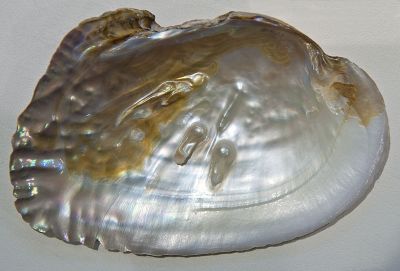
Natural composites such as bone and mother-of-pearl (nacre) combine strength and toughness with self-healing ability. Scientists developed novel processes to make bio-inspired composites for potential energy, sensing and biomedical applications.
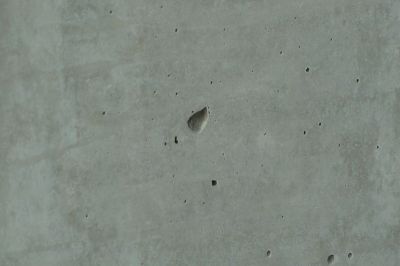
Corrosion of the embedded steel in reinforced concrete significantly decreases service life with potentially dangerous consequences. Modern electrochemical methods and nanotechnology will solve the problem in both existing and future buildings.

Solar energy technologies such as photovoltaics (PVs) convert the Sun's virtually limitless energy into electricity. Novel large-area fabrics with integrated PVs could soon be doing that from incident light on awnings and walkway shades.

Engineered nanoparticles (NPs) are enabling miniaturisation and functionalisation of devices in numerous fields. New models of toxicity and interactions at the level of the cell membrane will foster design of NPs safe for people and the environment.
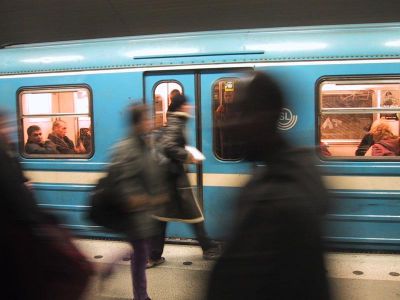
An EU initiative designed an information system to improve the transportation of passengers by enhancing intermodality.
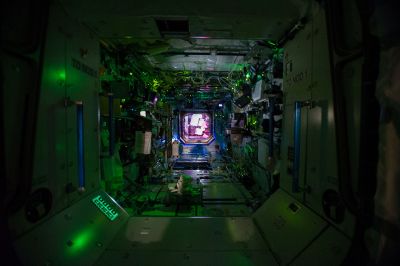
EU-funded scientists succeeded in controlling spin transfer at the interface of hybrid organic-inorganic (HOI) materials. This paved the way for developing innovative spintronic devices for reconfigurable computing and next-generation display technologies.

Buildings account for around 40 % of European energy consumption and are an important target for emissions reductions. A novel application (app) comparing energy savings afforded by various construction products is now at the fingertips of beta users.

Although the use of algae in the production of biofuels has enormous potential, the industry is struggling to grow consistent volumes at realistic prices. An EU-funded initiative made up of leading researchers investigated ways to utilise light energy to improve algae cultivation methods.

An EU-funded project is unveiling an innovative and competitive waterborne transport solution with zero emissions, opening up a new world of possibilities for efficient electrically propelled vessels.
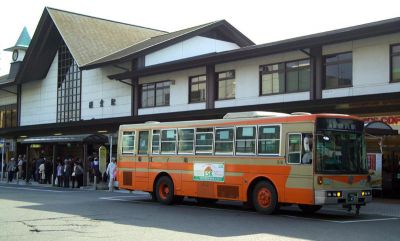
An EU team investigated bus-based solutions to urban traffic problems. The comparative study has yielded comprehensive guidelines for improvement, and an updated edition of the Roadmap for European Advanced Bus systems research.
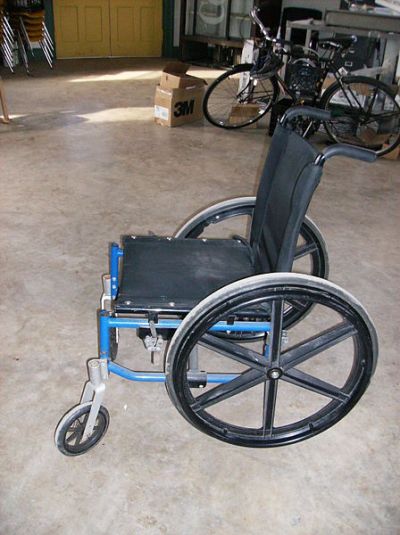
An EU team developed an integrated wheelchair and lift system, including special new chairs, adaptable to a range of popular cars. Manufacture and testing validated the new designs, as well as the automatic software and hardware control sub-systems.
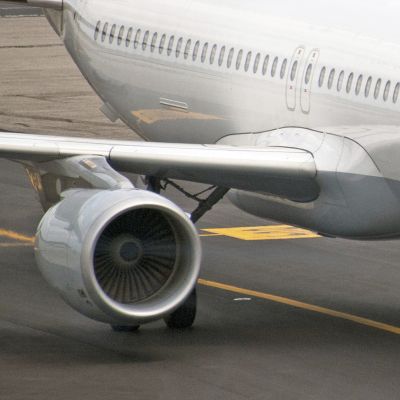
EU-funded scientists are investigating new design concepts to protect future aircraft from damage by failure of engine components.
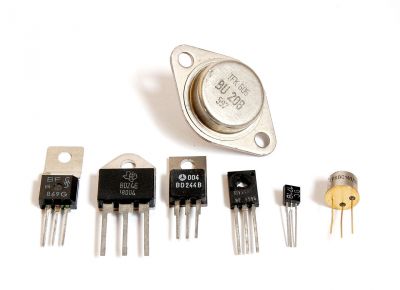
An EU-funded project successfully blended organic with photochromic molecules, paving the way for development of photo switchable organic field-effect transistors (FETs). Project findings open up new opportunities for optoelectronic and sensing applications.
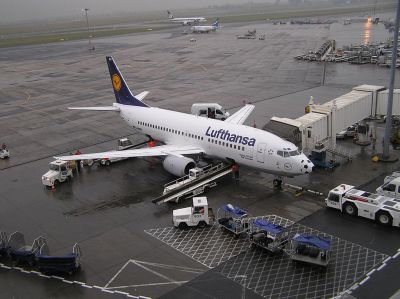
Additive manufacturing (AM), or 3D printing, is a rapid process for building up a part of complex geometry with minimal material waste. Innovative application of AM to on-site aircraft maintenance and repair is preparing for take-off.
























